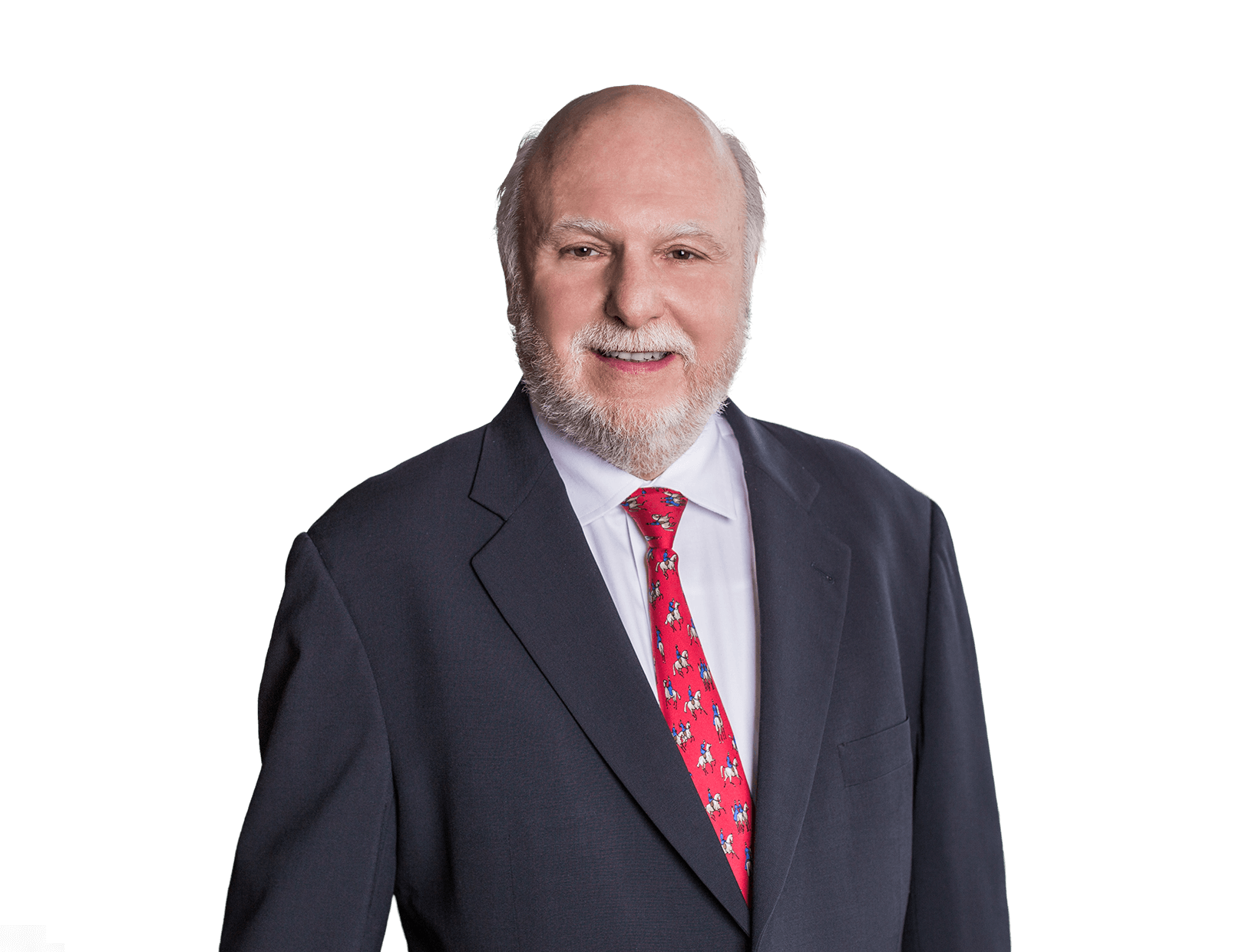Blog
Ensnarement Defense To Doctrine of Equivalents Succeeds On Summary Judgment
Fish & Richardson
Authors
-
- Name
- Person title
- Of Counsel

Ensnarement is a potent, albeit rarely used, defense to allegations of infringement under the doctrine of equivalents. It is based on the principle that the allowable range of equivalents to a patent claim cannot encompass or "ensnare" the prior art. Typically, the patentee — after a successful verdict on validity and infringement under the doctrine of equivalents — must then posit a hypothetical claim that literally covers the accused conduct and prove by a preponderance of evidence that the claim is valid over the prior art. The doctrine emanates from the Federal Circuit's decision in Wilson Sporting Goods Co. v. David Geoffrey & Associates, 904 F.2d 677 (Fed. Cir. 1990).
The defense recently received some notoriety due to the decision in Jang v. Boston Scientific Corp., 872 F.3d 1275 (Fed. Cir. 2017), where an award exceeding $200 million was negated by the patentee's failure to propose an appropriate hypothetical claim. More recently, in Janssen Biotech Inc. v. Celltrion Healthcare Co. Ltd., C.A. No. 17-11008-MLW (D. Mass. July 30, 2018), the court granted Celltrion's motion for summary judgment of non-infringement because Janssen failed to provide a hypothetical claim that did not ensnare the prior art. That decision is on appeal.
Although Jang clearly holds that the burden of proposing a hypothetical claim rests with the patentee, that message was seemingly ignored with predictable, but disastrous results, at least for the patentee.
In NLB Corp. v. PSI Pressure Systems LLC, Nov. 14, 2019 Op., CA No. 11-18-1090 (S.D. Tex.), NLB sued PSI for infringement, both literal and under the doctrine of equivalents. After the court granted PSI's motion for summary judgment of no literal infringement, it then granted PSI's motion for summary judgment of no infringement under the doctrine of equivalents.
NLB argued that PSI could not rely on an ensnarement defense because PSI had never presented a hypothetical claim so that the parties could meaningfully engage in an infringement analysis. Id. at 11. In support, NLB cited Tesco Corp. v. Weatherford Int'l Inc., 750 F. Supp. 2d 780 (S.D. Tex. 2010), which was decided before Jang, and thus did not control. According to the NLB court, the Federal Circuit in Jang "clearly and unequivocally" stated that the patentee has the burden of "’proposing a proper hypothetical claim.’" NLB at 11. Citing Jang, 872 F.3d at 1287, the court concluded: "[W]hen the patentee fails to submit a proper hypothetical claim for consideration, the patentee has failed to meet his burden of proving that his doctrine of equivalents theory did not ensnare the prior art." Id. at 11-12.
Accordingly, the court granted PSI's motion because it was NLB's — not PSI's — burden to submit a hypothetical claim. This decision along with Janssen Illustrates that ensnarement can be used effectively in pursuing motions for summary judgment of non-infringement.
The opinions expressed are those of the authors on the date noted above and do not necessarily reflect the views of Fish & Richardson P.C., any other of its lawyers, its clients, or any of its or their respective affiliates. This post is for general information purposes only and is not intended to be and should not be taken as legal advice. No attorney-client relationship is formed.